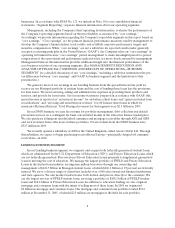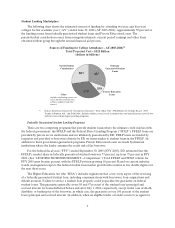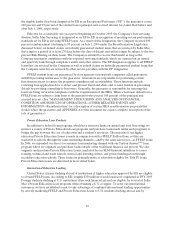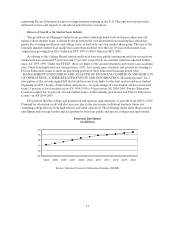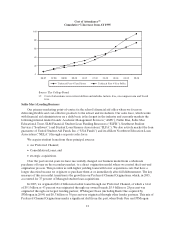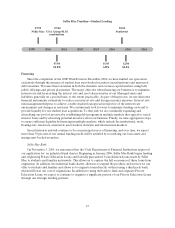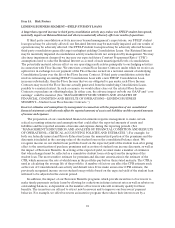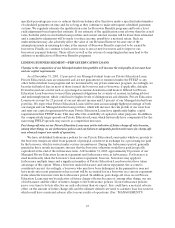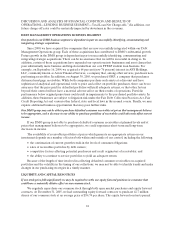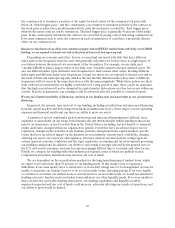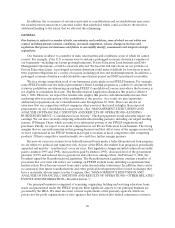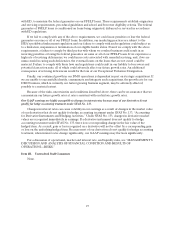Sallie Mae 2005 Annual Report Download - page 28
Download and view the complete annual report
Please find page 28 of the 2005 Sallie Mae annual report below. You can navigate through the pages in the report by either clicking on the pages listed below, or by using the keyword search tool below to find specific information within the annual report.18
defaulted student loan portfolios in the market. Our portfolio management services include selecting
collection agencies and determining account placements to those agencies, processing loan consolidations
and loan rehabilitations, and managing federal and state offset programs.
Contingency Collection Services
Our DMO business segment is also engaged in the collection of defaulted student loans and other
debt on behalf of various clients including guarantors, federal agencies, credit card issuers, utilities, and
other retail clients. We earn fees that are contingent on the amounts collected. We also provide collection
services for ED and now have approximately 13 percent of the total market for such services. We also have
relationships with more than 900 colleges and universities to provide collection services for delinquent
student loans and other receivables from various campus-based programs.
Collection of Purchased Receivables
Our DMO business purchases delinquent and defaulted receivables from credit originators and other
holders of receivables at a significant discount from the face value of the debt instruments. We also
purchase sub-performing and non-performing mortgage receivables at a discount usually calculated as a
percentage of the underlying collateral. Collections are generated through both internal and external work
strategies. Depending on the characteristics of the portfolio, revenue is recognized using either the
effective interest method or cost recovery method.
First-Party Servicing
We provide accounts receivable outsourcing solutions for credit grantors. The focus of our first-party
group is on the collection of delinquent accounts to minimize further delinquency and ultimately prevent
accounts being charged off.
Collection and Servicing of Distressed and Defaulted Mortgages
In our DMO segment we acquire and manage portfolios of sub-performing and non-performing
mortgage loans, substantially all of which are secured by one-to-four family residential real estate.
Depending on the characteristics of the portfolio, revenue is recognized using either the effective interest
method or cost recovery method.
Competition
The private sector collections industry is highly fragmented with few large companies and a large
number of small scale companies. The DMO businesses that provide third party collections services for
ED, FFELP guarantors and other federal holders of defaulted debt are highly competitive. In addition to
competing with other collection enterprises, we also compete with credit grantors who each have unique
mixes of internal collections, outsourced collections, and debt sales. Although the scale, diversification, and
performance of our DMO business has been a competitive advantage, increasing acquisition trends in the
receivables management industry could bring about greater competition.
In the purchased paper business, the marketplace is trending more toward open market competitive
bidding rather than solicitation by sellers to a select group of potential buyers. Price inflation and the
availability of capital in the sector contribute to this trend. Unlike many of our competitors, our DMO
business does not rely solely on purchased portfolio revenue. This enables us to maintain pricing discipline
and purchase only those portfolios that are expected to meet our profitability and strategic goals.
Portfolios are purchased individually on a spot basis or through contractual relationships with sellers to
periodically purchase portfolios at set prices. We compete primarily on price, but also on the basis of our
reputation, industry experience and relationships.


